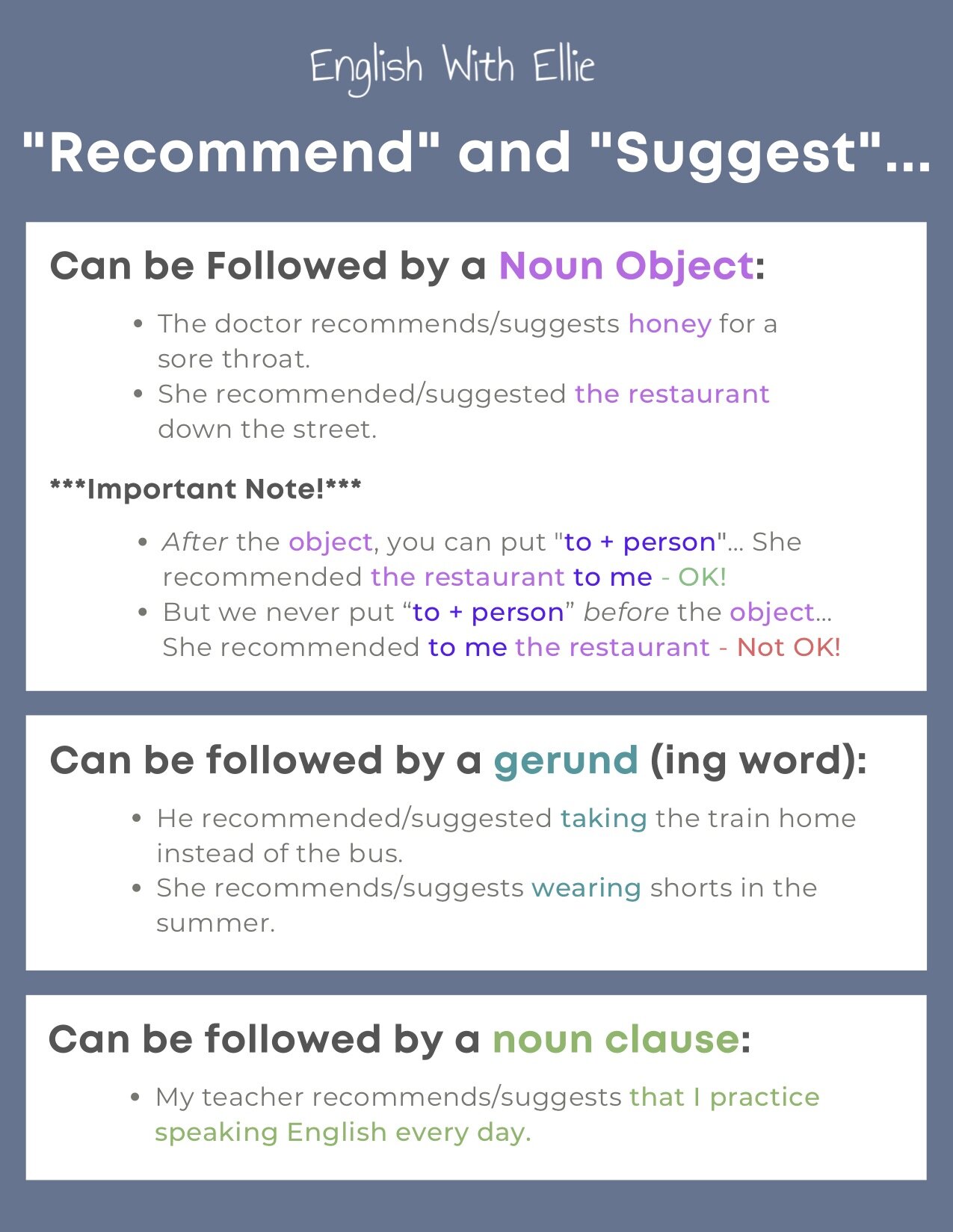How do English Speakers Really Use "Let" in Conversation?
/We use “let” in a variety of situations, but I’ve included some of the most common ways we use it below:
It means to allow someone/something to do something:
Don’t let him go out tonight, it’s too dangerous. (Don’t allow him to go out.)
Let your brother have a turn with the PS4. (Allow your brother to have a turn.)
I know you’re upset about the bad grade you got on your test, but you need to let it go/let go of it. (Allow yourself to free your mind of troubling thoughts.)
When her younger brother grabbed her by the hair she screamed, “let me go!” (Allow me to go free.)
Can you come to the party on Sunday? Please let us know. (“Let us know” literally means please allow us to know what you know. It’s very common to end an email this way when you’re asking for information.)
To make a polite suggestion:
The structure is let’s + verb.
Let’s go together!
Let’s have a drink!
Let’s play a game!
*Note: “Let’s” means “let us”, but we almost always shorten it to “let’s”. “Let us” sounds unnatural.
To offer to help:
We use “let” when we see someone is struggling with something, and we want to help. The structure is let + me + verb.
Here, let me help you with that.
Don’t worry about that, let me take care of (do/wash) the dishes.











